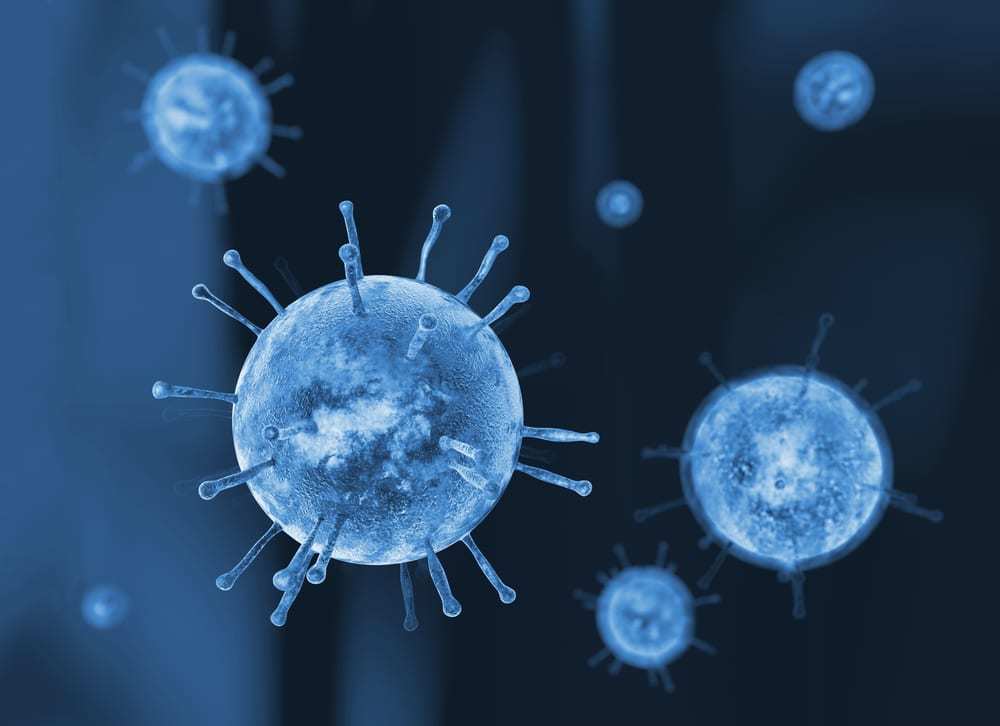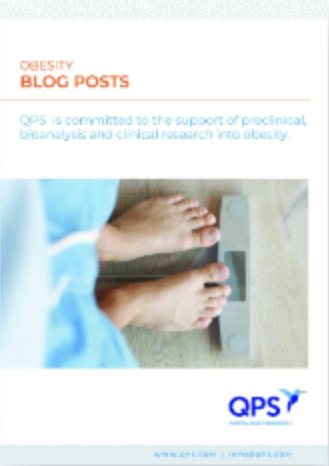Earlier this week, we discussed an aerosolized droplet study conducted by the University of Pennsylvania Perelman School of Medicine and the National Institutes of Health (NIH). That research provided evidence that the novel coronavirus could be transmitted from person to person through the aerosolized droplets that people produce when speaking. Unlike the larger particles produced by sneezing or coughing, the particles produced when speaking are too small to quickly settle and remain suspended in the air long enough to enter the airways of other people. Therefore, especially in enclosed spaces with poor ventilation, aerosols produced by people infected with COVID-19 may pose a risk – even if those people are speaking at a normal volume and keeping their distance.
Now, the New York Times has reported evidence of airborne coronavirus in real-world conditions (source). In February and March 2020, scientists identified genetic markers of the SARS-CoV-2 virus, which is responsible for the disease COVID-19, in different areas of two hospitals in Wuhan, China, where the virus was first identified in December 2019.

The aerodynamic analysis, published in the journal Nature on April 27, 2020, revealed that levels of airborne SARS-CoV-2 RNA were very low in isolation wards, ventilated patient rooms, and the majority of public areas. Areas with higher levels of airborne coronavirus included the patients’ toilet areas, two public areas susceptible to crowds (in which there may have been people infected with COVID-19 present), and some medical staff areas. According to Dr. Linsey Marr, an expert interviewed by the New York Times, airborne droplets will remain afloat for at least two hours. In addition, “Dr. Marr said she calculated it would take about 15 minutes for a person to breathe in one virus particle.”
The scientists have not yet established the airborne virus’s infectivity (i.e., the ability of the pathogen to establish an infection), but they did propose that “SARS-CoV-2 may have the potential to be transmitted via aerosols.” More research is needed to determine if coronavirus RNA aerosols are infectious or harmless. However, based on their research, the scientists recommended that the following measures be taken to limit the concentration of viral RNA in aerosols:
- Increase room ventilation
- Avoid small, confined spaces
- Regularly sanitize protective apparel
- Properly use and disinfect toilet areas
Thus far, the World Health Organization (WHO) has emphasized that COVID-19 is spread primarily through droplets of saliva or nose discharge that are emitted when an infected person coughs or sneezes and briefly remain airborne. The WHO has also acknowledged that people can become infected by touching contaminated surfaces or objects and then touching their faces. But with evidence mounting that coronavirus can be spread through aerosols, the public should remain alert in case the WHO decides to update its public health recommendations based on this new information.
Are you looking for a CRO to assist with your preclinical or clinical drug development related to the novel coronavirus or COVID-19? QPS has CLIA-certified and GLP-compliant laboratories ready to fast-track your novel coronavirus and COVID-19 RT-qPCR/QPCR and Serological Assays and vaccine development programs. Since 1995, QPS has provided discovery, preclinical, and clinical drug development services. An award-winning leader focused on bioanalytics and clinical trials, QPS is known for proven quality standards, technical expertise, a flexible approach to research, client satisfaction, and turnkey laboratories and facilities. For more information, visit www.qps.com/coronavirus or email [email protected].





